Is the steel frame house good?
Amidst accelerating urbanization, frequent extreme weather events, and surging housing demand, what kind of housing is safer, more sustainable, and more future-proof? This question has become a common concern for residents and policymakers worldwide. In recent years, steel frame house has garnered widespread attention due to their unique performance. Is it a panacea for addressing housing challenges, or a double-edged sword requiring careful consideration? This article, drawing on practical experience and real-world needs, examines the pros and cons of this type of building and its applicable scenarios.
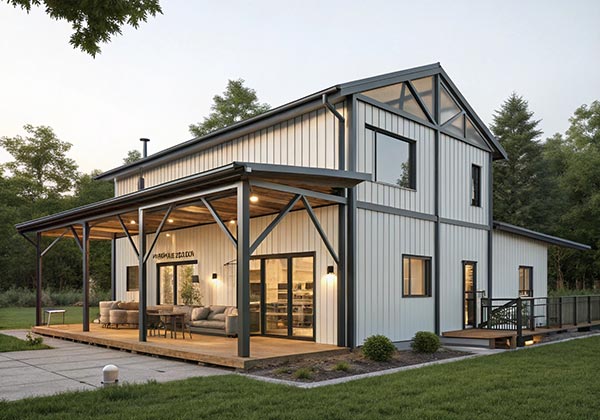
1. Core Advantages of Steel Frame House
Steel-framed houses utilize steel as the primary load-bearing structure, combined with lightweight walls (such as metal sandwich panels and precast concrete slabs). Compared to traditional brick-concrete and wood structures, their core advantages are particularly prominent in a global context.
① Strong Disaster Resilience, Suitable for High-Risk Areas
Approximately 50% of the world’s population lives in areas prone to earthquakes and typhoons (according to the United Nations Office for Disaster Risk Reduction). Steel’s high strength (tensile and shear resistance is 2-3 times that of concrete) and ductility (its ability to deform and absorb energy during earthquakes) make it a natural candidate for earthquake resistance. Earthquake-prone countries like Japan and New Zealand have already implemented large-scale steel-framed housing. In the 2011 Great East Japan Earthquake, the damage rate of steel frame house was 70% lower than that of traditional buildings. In typhoon-prone Southeast Asia (such as the Philippines and Vietnam), steel-framed houses also offer wind load resistance far exceeding that of brick-concrete structures.
② Fast Construction, Alleviating Housing Shortage
The global housing shortage has reached 1 billion units (World Bank 2023 report), and rapid delivery is key. 80% of steel-framed housing components can be prefabricated in factories, requiring only bolt connections on-site, reducing construction time by over 50% compared to traditional buildings. Addis Ababa, the capital of
Ethiopia, used modular steel construction technology to build 5,000 affordable housing units in three months. In post-disaster reconstruction efforts in Texas, steel frame houses were also three times faster than traditional construction, making them the preferred emergency housing option.
③ Low-Carbon and Sustainable, In Line with the Carbon Reduction Movement
The construction industry accounts for 38% of global carbon emissions (UNEP data). The green nature of steel-framed buildings is more aligned with carbon neutrality goals. Steel is 100% recyclable (with a recycling rate exceeding 90%), and construction emissions are 60% lower than those from brick-concrete buildings. When combined with photovoltaic roofs and ground-source heat pumps, they can achieve “zero-carbon buildings.” The EU’s “Green Deal” has included steel-framed buildings in key subsidy areas, and China’s 14th Five-Year Plan also encourages their use in affordable housing.
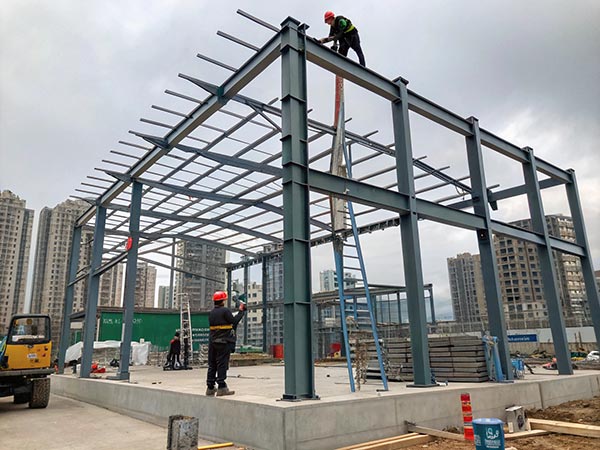
2. Practical Challenges
Despite its significant advantages, the global adoption of steel-framed buildings still faces three practical obstacles, requiring tailored responses.
① Fire and Corrosion Resistance
While steel is heat-resistant (melting point approximately 1500°C), its strength drops 30% above 500°C. In tropical regions (such as India and Africa), without a fire-retardant coating (which incurs an additional 5%-8% cost), the fire risk can surpass that of traditional buildings. In high-humidity, salt-spray environments (such as those in coastal cities), steel is prone to rust and requires regular maintenance (applying an anti-corrosion coating every 5-10 years). Failure to do so can shorten the structural lifespan by 30% after 20 years.
② Initial Costs and Cognitive Biases
Steel price fluctuations can result in initial construction costs being higher than brick-concrete structures (approximately 10%-15% more expensive). In markets dominated by low-cost housing, such as India and Southeast Asia, developers and users prioritize cost savings. Furthermore, the stereotype in some regions that steel structures offer poor insulation and soundproofing (which can be addressed with insulation and double-glazing) also hinders their widespread adoption.
③ Supply Chain Support
Steel frame house rely on a comprehensive, coordinated supply chain from design, production, and construction. While Europe, the United States, and Japan have established mature prefabricated component standards (such as the AISC specification in the United States), most developing countries lack local design capabilities and face high component transportation costs (for example, logistics costs can account for 20% of the total construction cost in parts of Africa), resulting in construction difficulties.
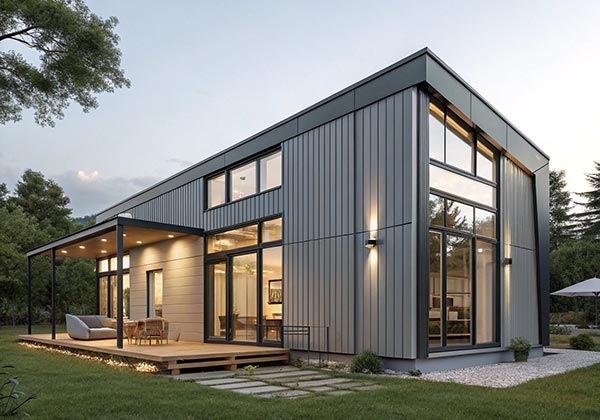
3. Future Trends
Targeting these challenges, the localization of steel-framed house is being promoted through technological innovation and model optimization.
Material Upgrades: The application of new fire-retardant coatings (a thickness of just 2mm can withstand a fire for two hours) and weathering steel (reducing anti-corrosion costs) is easing environmental restrictions.
Modularity and Intelligence: Combining 3D printing and BIM technology, component precision is improved to the millimeter level, while integrated sensors monitor structural health and extend lifespan.
Policy Guidance: Many countries have introduced subsidies (such as Australia’s 10% stamp duty exemption for steel-framed homes) and mandatory standards (such as Chile’s requirement that buildings over eight stories must use steel structures), accelerating market education.
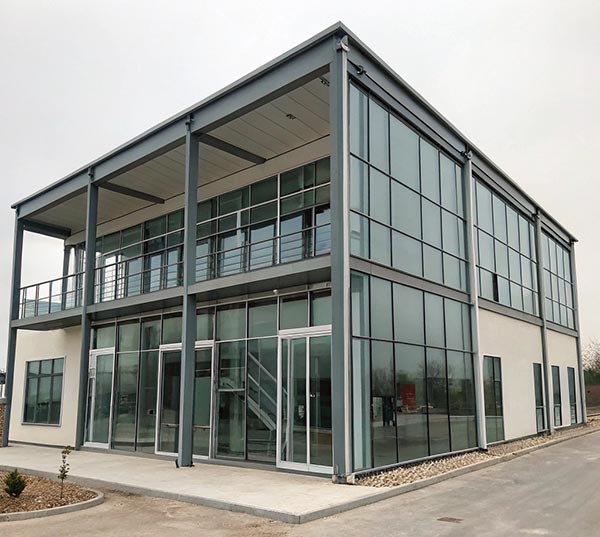
Conclusion
Steel-framed houses are not perfect, but they accurately address core global housing needs. They are safe, efficient, and sustainable. They are the preferred choice for earthquake and typhoon zones, rapidly urbanizing countries, and regions pursuing carbon neutrality. However, in low-risk, budget-sensitive, or underdeveloped regions, the technical approach must be tailored to local conditions.
For the future, there is no best house, only the most suitable one. The rise of steel frame house is essentially humanity’s exploration of more resilient living styles. This is perhaps more worthy of our attention than the advantages and disadvantages of a single material.
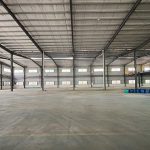
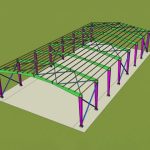
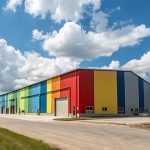
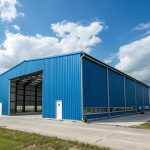
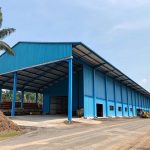
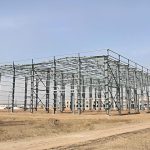
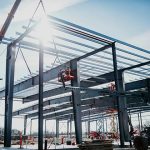
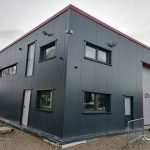
Send us the inquiry form